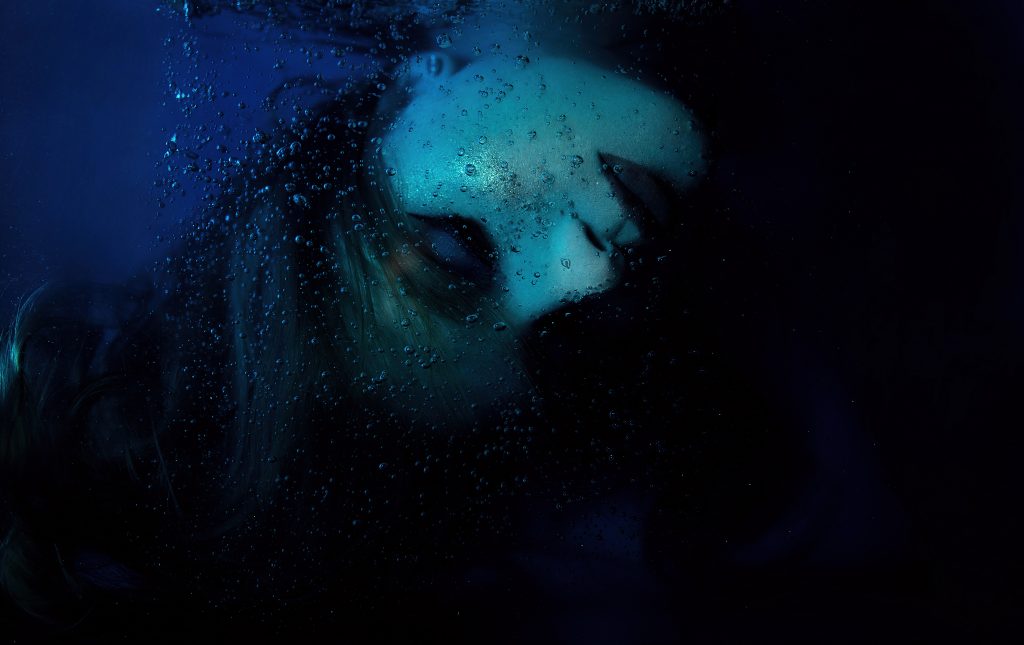
Mermaids appear in the folklore of many cultures worldwide, including the Near East, Europe, Asia, and Africa. In folklore, a mermaid is an aquatic creature with the head and upper body of a female human and the tail of a fish. The first stories appeared in ancient Assyria, in which the goddess Atargatis transformed herself into a mermaid out of shame for accidentally killing her human lover. Mermaids are sometimes associated with perilous events such as floods, storms, shipwrecks, and drownings. In other folk traditions (or sometimes within the same tradition), they can be benevolent or beneficent, bestowing boons or falling in love with humans. The male equivalent of the mermaid is the merman, also a familiar figure in folklore and heraldry. Although traditions about and sightings of mermen are less common than those of mermaids, they are generally assumed to co-exist with their female counterparts. Some of the attributes of mermaids may have been influenced by the Sirens of Greek mythology. Historical accounts of mermaids, such as those reported by Christopher Columbus during his exploration of the Caribbean, may have been inspired by manatees and similar aquatic mammals. While there is no evidence that mermaids exist outside folklore, reports of mermaid sightings continue to the present day, including 21st-century examples from Israel and Zimbabwe. As the anthropologist A. Asbjørn Jøn noted: “these ‘marine beasts’ have featured in folk tradition for many centuries now, and until relatively recently they have maintained a reasonably standard set of characteristics. Many folklorists and mythographers deem that the origin of the mythic mermaid is the dugong, posing a theory that mythicized tales have been constructed around early sightings of dugongs by sailors.” Depictions of entities with the tails of fish, but upper bodies of human beings appear in Mesopotamian artwork from the Old Babylonian Period onwards. These figures are usually mermen, but mermaids do occasionally appear. The name for the mermaid figure may have been kuliltu, meaning “fish-woman”. Such figures were used in Neo-Assyrian art as protective figures and were shown in both monumental sculpture and in small, protective figurines. A freshwater mermaid-like creature from European folklore is Melusine. She is sometimes depicted with two fish tails, or with the lower body of a serpent. Rusalkas are the Slavic counterpart of the Greek sirens and naiads. The nature of rusalkas varies among folk traditions, but according to ethnologist D.K. Zelenin they all share a common element: they are the restless spirits of the unclean dead. Every culture on Earth has a variation of mermaids in their folklore. With only 5% of all the waters on the planet explored who’s to say that mermaids are mere myth and not reality?
Story by Adelia Muller.

